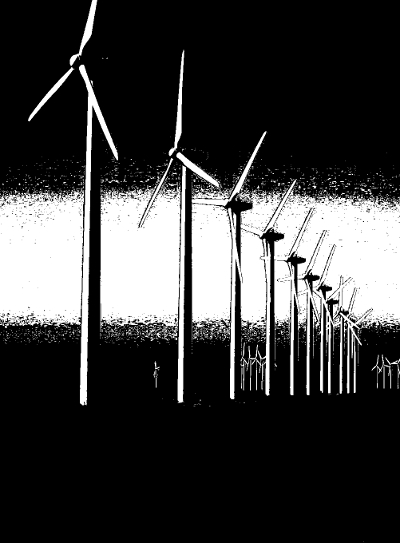Green lifecycle studied
 Experts say the Australia’s renewable energy transition makes economic sense.
Experts say the Australia’s renewable energy transition makes economic sense.
A new study shows that making the transition to a renewable energy future will have environmental and long-term economic benefits, and is possible in terms of energy return on energy invested (EROI).
Associate Professor Mark Diesendorf - a UNSW renewable energy researcher with expertise in electricity generation – says that the study disproves the claim that a transition to large-scale renewable energy technologies and systems will damage the macro-economy by taking up too large a chunk of global energy generation.
“Critics claim the world’s economy would suffer because they argue renewables require too much lifecycle energy to build, to the point of diverting all that energy away from other uses,” Dr Diesendorf says.
“Our paper shows that there is no credible scientific evidence to support such claims, many of which are founded upon a study published in 2014 that used data up to 30 years old.
“There were still research papers coming out in 2018 using the old data and that prompted me to examine the errors made by those perpetuating the misconception.
“It was very early days back then and those technologies have changed so dramatically just in the past 10 years, let alone the past three decades.
“This evolution is reflected in their cost reductions: wind by about 30 per cent and solar by 85 to 90 per cent in the past decade. These cost reductions reflect increasing EROIs.”
A/Prof Diesendorf says fears about macro-economic damage from a transition to renewable energy have been exaggerated.
“Not only did these claims rely on outdated data, but they also failed to consider the energy efficiency advantages of transitioning away from fuel combustion and they also overestimated storage requirements,” he said.
“I was unsurprised by our results, because I have been following the literature for several years and doubted the quality of the studies that supported the previous beliefs about low EROIs for wind and solar.”
The study focused on wind and solar renewables which could provide the vast majority of electricity, and indeed almost all energy, for many parts of the world in future.
“Wind and solar are the cheapest of all existing electricity generation technologies and are also widely available geographically,” Dr Diesendorf said.
“For storage, we considered hydroelectricity, including pumped hydro, batteries charged with excess wind and/or solar power, and concentrated solar thermal (CST) with thermal storage, which is a solar energy technology that uses sunlight to generate heat.”
The researchers used Net Energy Analysis as their conceptual framework within which to identify the strengths and weaknesses of past studies in determining the EROI of renewable energy technologies and systems.
They used the Net Energy Analysis method because it is highly relevant to the issue of EROI; aiming to calculate all energy inputs into making a technology in order to understand the full impact.
The findings reveal that a transition from fossil fuels to renewable energy is worthwhile, contradicting the assumptions and results of many previous studies on the EROIs of wind and solar.








 Print
Print